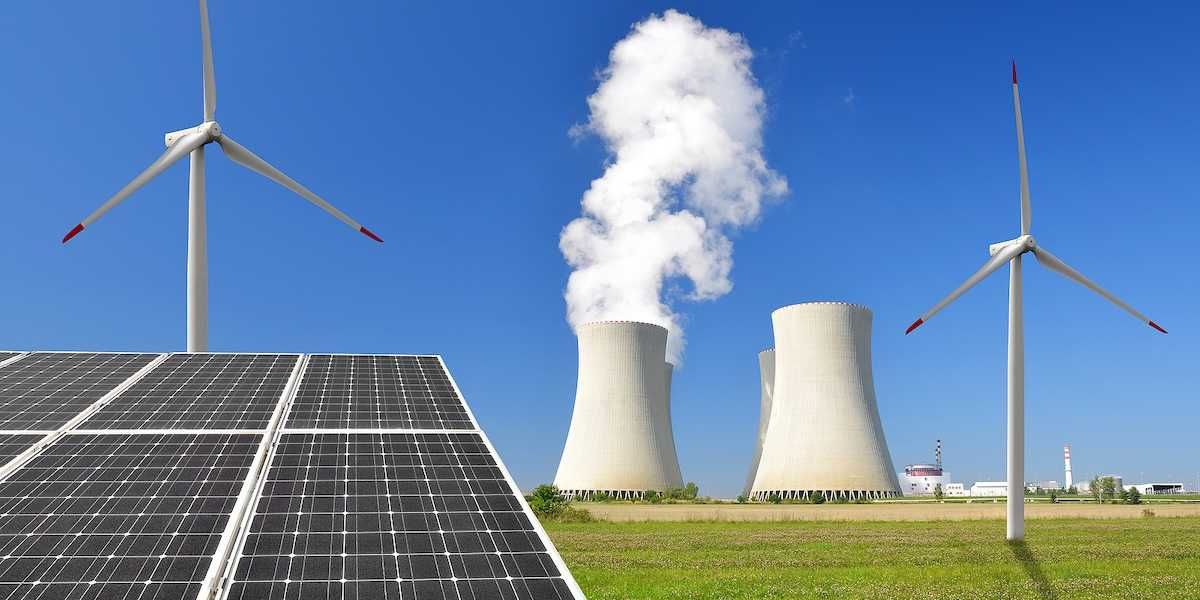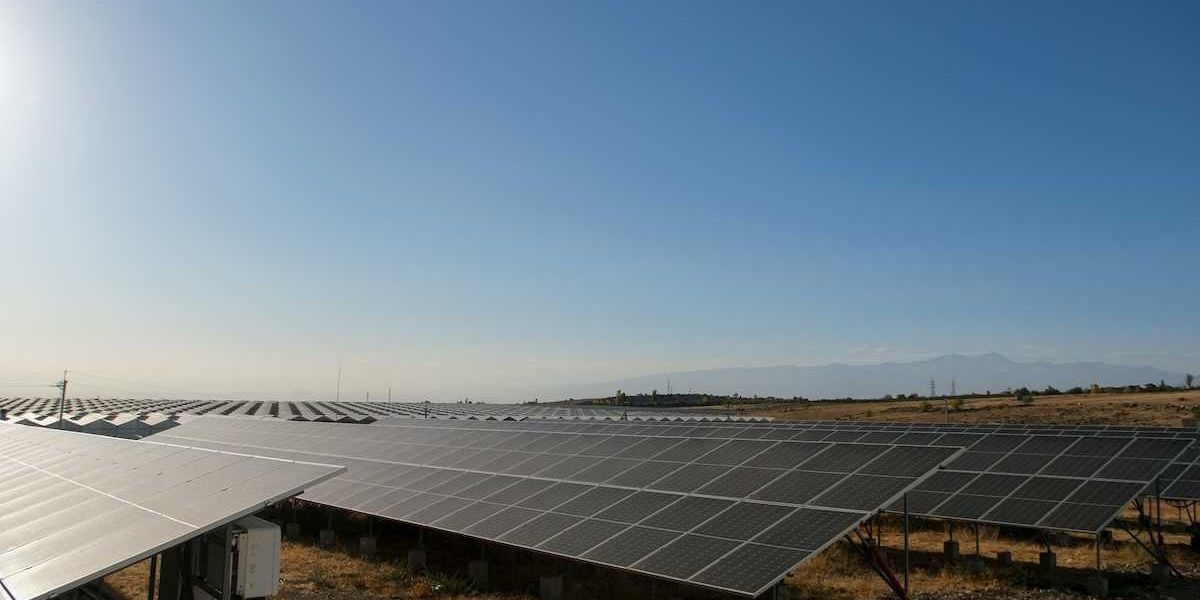phthalates
Shein’s falling profits reveal cracks in ultra-fast fashion business model
Slowing profits and mounting legal challenges suggest Shein’s breakneck growth is stalling as regulators and consumers demand more accountability from fast fashion brands.
In short:
- Shein’s profits dropped nearly 40% in 2024, forcing the company to slash its valuation ahead of a planned IPO in London. Meanwhile, its sales continue to grow.
- The company faces increasing scrutiny over labor practices, pricing deception, and products found to contain hazardous chemicals like phthalates, PFAS, lead, and formaldehyde.
- Broader market signals suggest a shift: Other ultra-fast fashion brands are also seeing earnings drops as public pressure and regulation begin to take hold.
Key quote:
“Companies like Shein thrive on overproduction and rock bottom prices, but I really think that this decline signals that their model isn’t as bulletproof as it once seemed. Regulatory scrutiny is getting better and shoppers are getting smarter.”
— Katrina Caspelich, chief marketing officer of Remake
Why this matters:
Fast fashion, once hailed as a democratizing force in global style, is now facing a reckoning as its hidden costs become harder to ignore. Behind the racks of $5 shirts and micro-trends lies an industrial machine that churns out billions of garments annually, often under conditions that harm both people and the planet. Factories, many based in countries with weak labor protections, have come under fire for grueling hours, poor wages, and exposure to hazardous chemicals used to dye and finish garments. Those same chemicals have been found in finished products, raising concerns about what consumers, especially children, might be absorbing through their skin.
The environmental toll is staggering, with textile dyeing ranked among the largest sources of water pollution globally and synthetic fibers shedding microplastics into waterways. While brands like Shein have ridden a wave of viral popularity, their rapid, opaque supply chains are now drawing scrutiny from U.S. and European regulators, who are exploring tougher oversight. As public awareness grows and watchdog groups highlight these links between fast fashion and toxic exposures, the industry’s low-cost, high-speed model may face limits it can’t ignore.
Learn more:
Microplastics: a threat we can't ignore
Microplastics are invading our bodies, from the air we breathe to the food we eat, sparking growing concerns about their potential health risks.
In short:
- Microplastics, tiny plastic particles from everyday products, have been found in organs, blood and even the placenta, raising alarm over their health effects.
- These particles carry harmful chemicals like phthalates and PFAS, which disrupt hormones and may contribute to diseases such as heart conditions, cognitive deficits and cancer.
- Simple lifestyle changes, like avoiding microwaving plastic containers and choosing stainless steel or glass, can significantly reduce exposure.
Key quote:
“It’s so pervasive because there’s so many ways we don’t think something’s plastic, but we realize it actually is.”
— Dr. Leonardo Trasande, Director of Environmental Pediatrics, NYU School of Medicine
Why this matters:
The health implications are staggering, but the solutions often feel out of reach. Avoid plastic altogether? Good luck in a world practically built on it. But experts like Dr. Leonardo Trasande are pointing to small, practical changes as ways to limit the damage. Meanwhile, the bigger battle looms: curbing plastic production before these particles saturate every inch of the planet—and our bodies. Read more: Microplastics in farm soils: A growing concern.
Plastic chemicals linked to $249 billion in US health care costs in just one year, study finds
By contributing to the development of chronic disease and death, a group of hormone-disruptive plastic chemicals is costing the US health care system billions — over $249 billion in 2018 alone, a new study found.
Bio-based plastics aim to capture carbon. But at what cost?
Growing crops to make plastic could theoretically reduce reliance on fossil fuels and even pull carbon out of the atmosphere, but at an enormous environmental cost.









